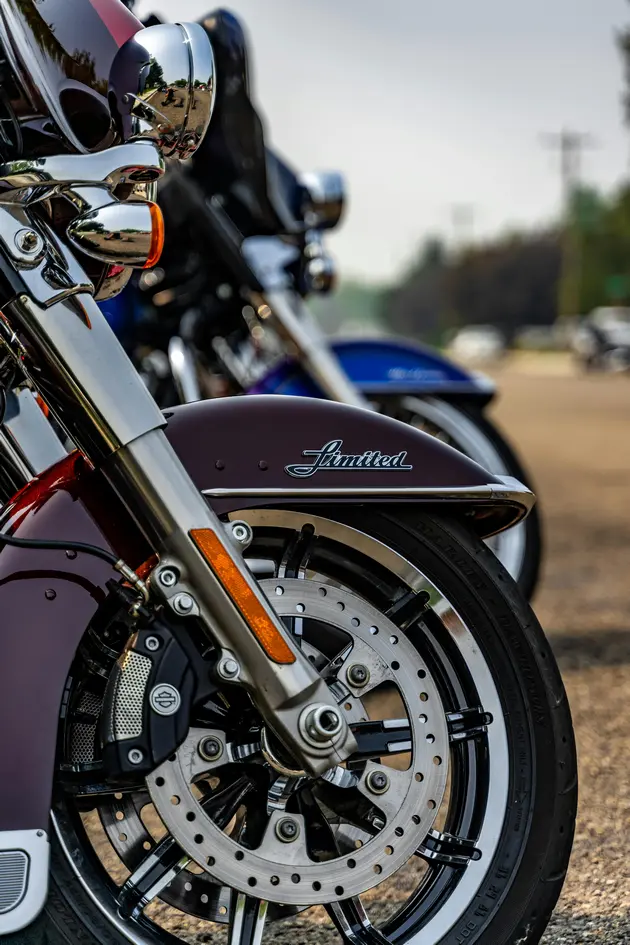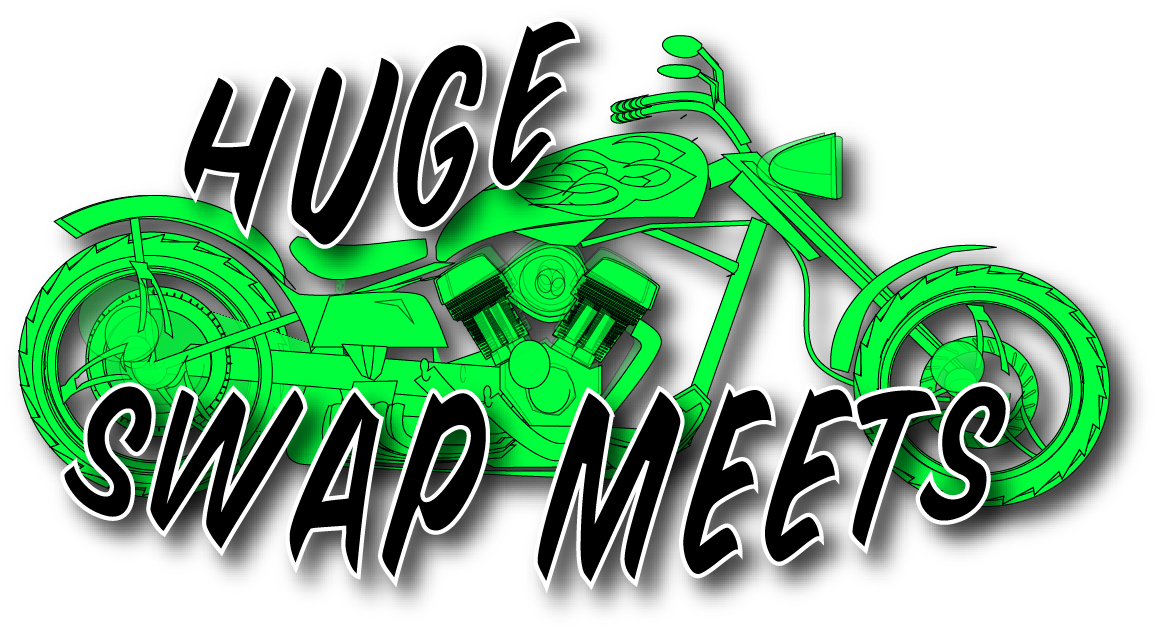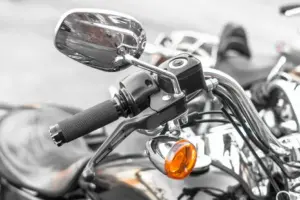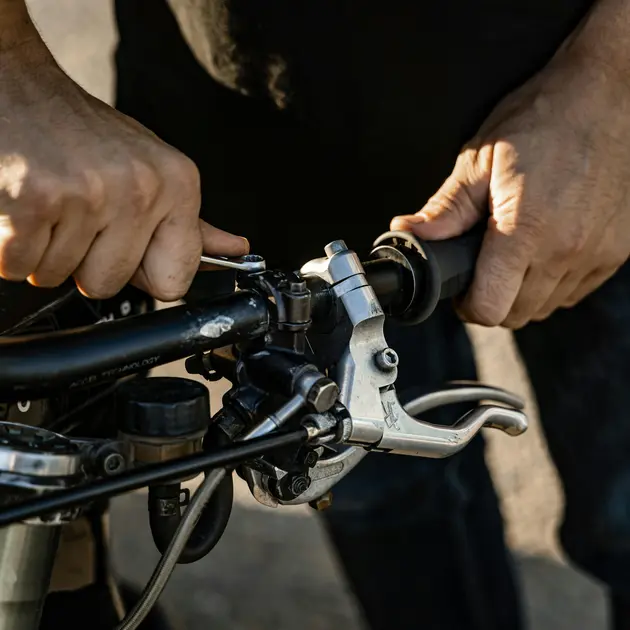
Few components of a motorcycle are as crucial to rider safety and control as the brakes. Whether navigating city streets, carving through mountain passes, or cruising along scenic highways, the ability to effectively slow down and stop is paramount. In this comprehensive guide, we will delve into the intricacies of motorcycle brakes, exploring their various types, components, maintenance requirements, and best practices for optimal performance and safety.
Types of Motorcycle Brakes
Motorcycles utilize two primary types of braking systems: disc brakes and drum brakes.
Disc Brakes: Found on the majority of modern motorcycles, disc brakes consist of a rotor, caliper, brake pads, and hydraulic system. When the rider applies pressure to the brake lever or pedal, hydraulic fluid is transmitted to the caliper, squeezing the brake pads against the rotor and creating friction to slow down the wheel.
Drum Brakes: Commonly found on older or smaller motorcycles, drum brakes feature a brake drum, brake shoes, and a mechanical linkage. When the rider applies pressure to the brake lever or pedal, the brake shoes are pushed outward against the interior surface of the drum, generating friction to slow down the wheel.
Components of a Motorcycle Brake System
Regardless of the type of brake system, several key components work together to facilitate braking:
Brake Lever/Pedal: The rider-operated control mechanism that initiates braking.
Master Cylinder: Converts mechanical force from the brake lever or pedal into hydraulic pressure.
Brake Lines: Transmit hydraulic fluid from the master cylinder to the brake caliper or wheel cylinder.
Caliper/Brake Drum: Houses the brake pads (disc brakes) or brake shoes (drum brakes) and generates friction against the rotor or drum.
Brake Pads/Shoes: Contact points that press against the rotor or drum to create friction and slow down the wheel.
Rotor/Drum: The rotating component that interacts with the brake pads or shoes to facilitate braking.
Maintenance and Inspection
Regular maintenance and inspection of the braking system are essential for optimal performance and safety. Here are some key maintenance tasks and warning signs to watch out for:
Brake Fluid: Check the brake fluid level regularly and top up or replace it as needed. Contaminated or degraded brake fluid can compromise braking performance.
Brake Pads/Shoes: Inspect the thickness and condition of the brake pads or shoes. Replace them if they are worn down or damaged.
Brake Rotors/Drums: Check for signs of warping, scoring, or uneven wear on the rotors or drums. Replace them if necessary to ensure smooth and effective braking.
Brake Lines: Inspect brake lines for signs of damage, corrosion, or leaks. Replace any damaged or deteriorated brake lines immediately.
Brake Lever/Pedal Feel: Pay attention to the feel of the brake lever or pedal. Soft or spongy braking may indicate air in the brake lines or other issues that require attention.
Best Practices for Braking
Effectively using the brakes is as much an art as it is a science. Here are some best practices for safe and efficient braking:
Progressive Braking: Apply braking force gradually and smoothly, rather than slamming on the brakes suddenly. This allows for better control and stability, especially in emergency situations.
Front and Rear Brakes: Use both the front and rear brakes together for optimal stopping power. The front brake provides the majority of the stopping force, while the rear brake helps stabilize the motorcycle.
Brake Modulation: Practice modulating the brakes to adjust braking force based on road conditions, speed, and other factors. Feathering the brakes can prevent wheel lock-up and skidding.
Anticipate Stops: Look ahead and anticipate stops or slowdowns, and begin braking early to allow for a smooth and controlled deceleration.
Emergency Braking: In emergency situations, apply firm but controlled pressure to the brakes while keeping the motorcycle upright and maintaining a straight line of travel.
Understanding the intricacies of motorcycle brakes is essential for every rider, from beginners to seasoned veterans. By familiarizing yourself with the different types of brakes, their components, maintenance requirements, and best practices for braking, you can enhance your safety, control, and enjoyment on the road. Remember to prioritize regular maintenance, practice proper braking techniques, and always ride within your limits for a safe and rewarding riding experience.




